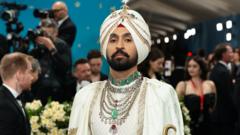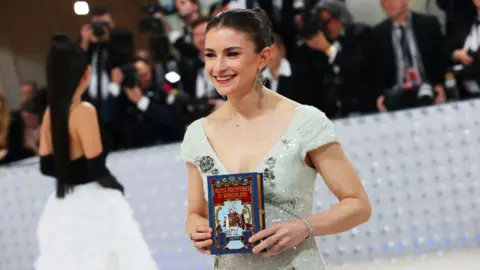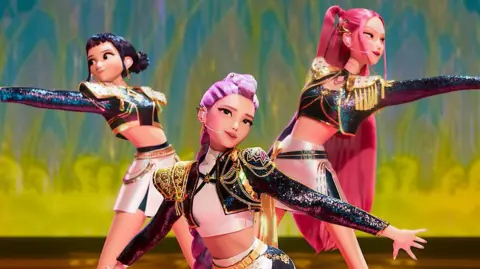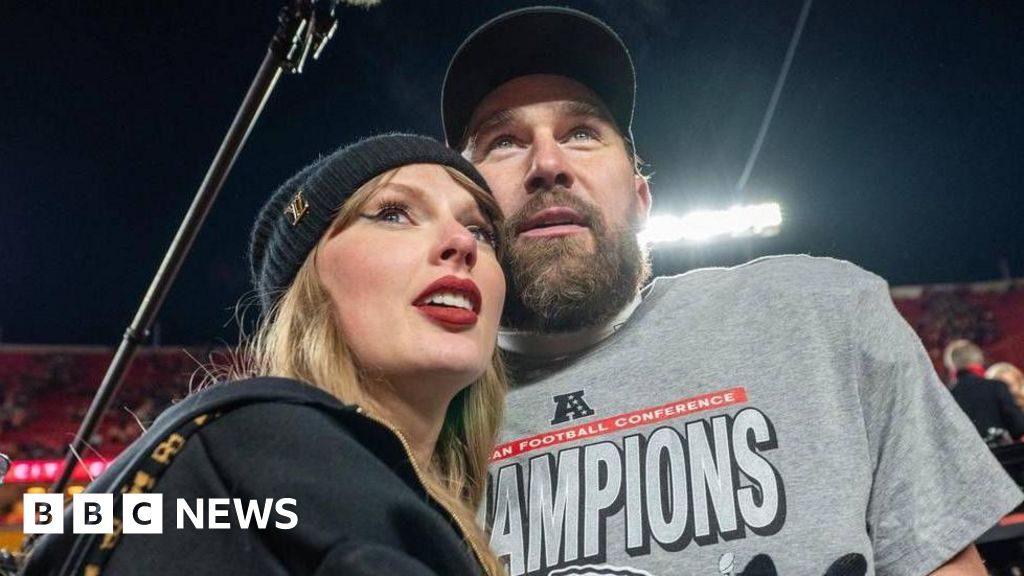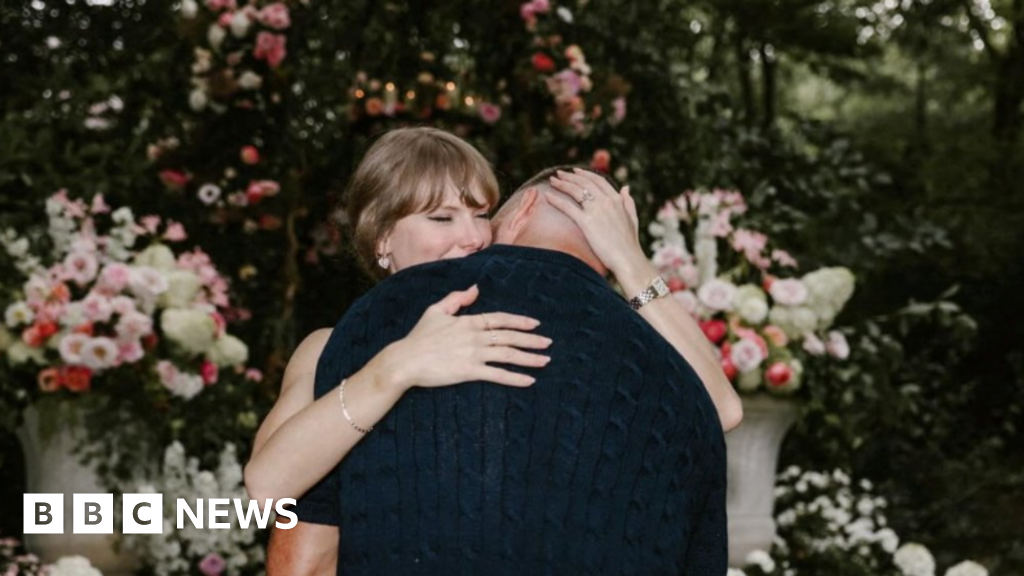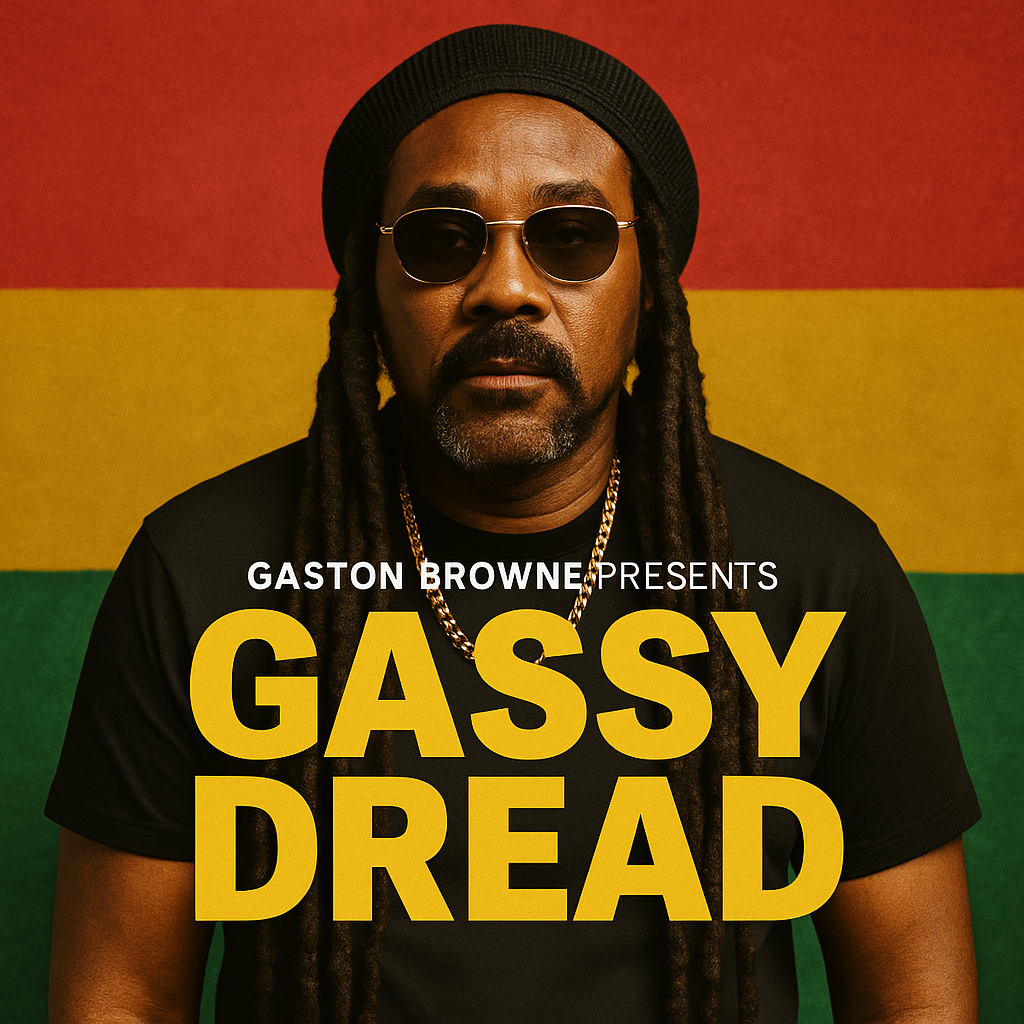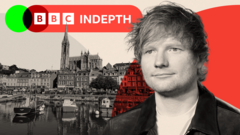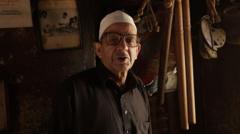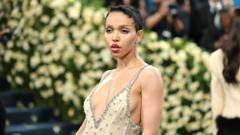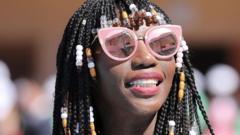Despite their regional roots, Punjabi hip-hop artists are taking their cultural identity to global platforms, redefining traditional bhangra style. Noteworthy among them, singer Diljit Dosanjh's high-fashion representation at the Met Gala exemplifies this evolution. His opulent ensemble, inspired by early 20th-century maharajahs, not only turned heads but also sparked widespread admiration in India, highlighting the fusion of traditional and contemporary aesthetics in Punjabi fashion.
Known for his innovative blend of hip-hop with South Asian musical styles, Dosanjh's fashion choices—typically characterized by anti-fit trousers, vibrant turbans, and chunky accessories—have captured global attention and inspired a cultural renaissance. This trend extends beyond Dosanjh to include other artists like Jazzy B and AP Dhillon, whose eclectic styles reflect a shift toward a hybrid cultural expression that speaks to the Punjabi diaspora and a wider audience.
The beat of Punjabi music, laden with references to cosmopolitan lifestyle and luxury brands, underscores the significant influence these artists wield. Events such as bhangra competitions, characterized by energetic performances in contemporary attire, illuminate how far Punjabi culture has come in marrying modern trends with traditional roots. Cultural commentators note that this shift originates from the creative experimentation within the Punjabi diaspora, bolstering the community's presence on the world stage.
As these artists continue to intertwine technology-driven styles with their heritage, the results push the envelope of Punjabi identity from merely agricultural roots to a flourishing global persona. Local performances reflect this transformation, with traditional attire evolving into current casual styles featuring sneakers and modern cuts, breaking away from script-bound conventions.
The changing attire signifies not just a personal expression of the artists but a broader cultural statement. Through their music and fashion, they embody a multifaceted identity that fuses tradition with modernity, making their mark as trendsetters. The burgeoning exchange of ideas across borders simultaneously celebrates Punjabi heritage while positioning it within the larger context of global fashion discussions.
Punjabi style, characterized by androgyny and eclecticism, continues to stimulate conversations about identity in an increasingly interconnected world. As artists like Dosanjh showcase their cultural pride on global arenas, they redefine what it means to be a part of the Punjabi culture; one that evolves while deeply honoring its roots. The acknowledgement of this synergistic cultural journey challenges traditional norms and fosters a new narrative of Punjabi identity as a dynamic, vibrant force in contemporary society.

